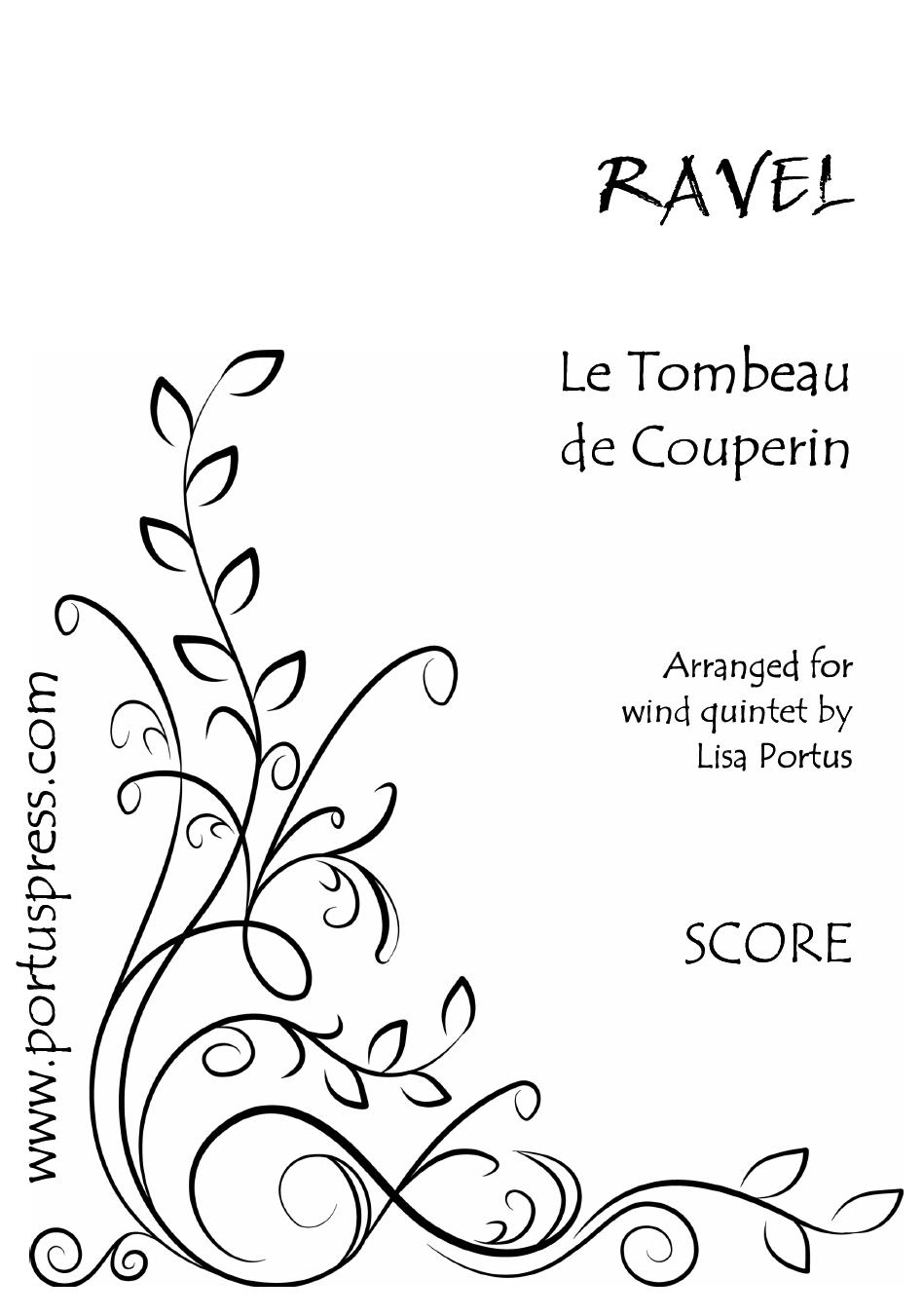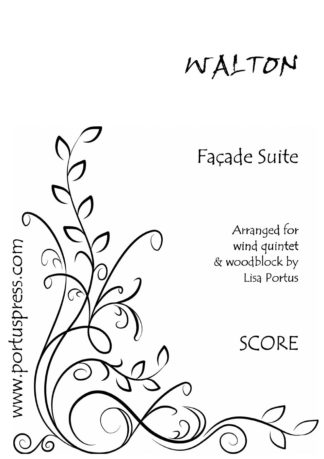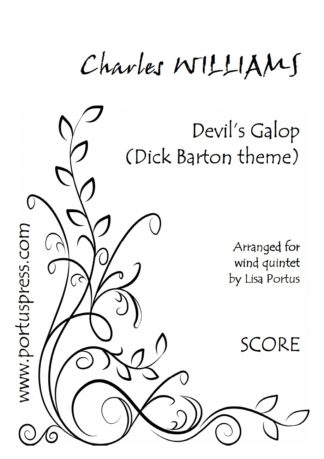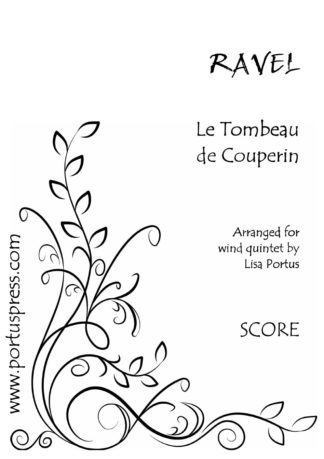Description
Le Tombeau de Couperin was written during World War 1 by Maurice Ravel and each movement is dedicated to the memory of friends of the composer who had died in action. Though the style of the piece is very much influenced by the dance forms and keyboard music of two centuries previously, and specifically that of French composer François Couperin, Ravel’s harmonic voice and quirkiness is both unmistakable and present throughout: it is a work thoroughly grounded in the 20th century.
The music itself is, for the most part, very light and dance-like. Some criticised Ravel for not writing a more sombre work, to which he stated simply that, “The dead are sad enough, in their eternal silence”. His critics were, however, heavily outnumbered by the piece’s admirers since, from receiving an encore at its debut performance, Le Tombeau de Couperin has been firmly fixed as one of Ravel’s most loved works.
Originally for piano solo, Ravel later orchestrated four of the six movements: Prelude, Forlane, Menuet and Rigaudon. In this arrangement a fifth movement has also been arranged – a Fugue. This is a demanding work – particularly (as in Ravel’s original orchestration) – for the oboist.
And here’s a wonderful performance by the Rivera Woodwind Quintet which was live-streamed on Youtube in February 2022 as part of the Manila Pianos Artist Series. The Ravel starts at 11.35 (which is followed by a performance of my arrangement of Mussorgsky’s Six Pictures at an Exhibition.






